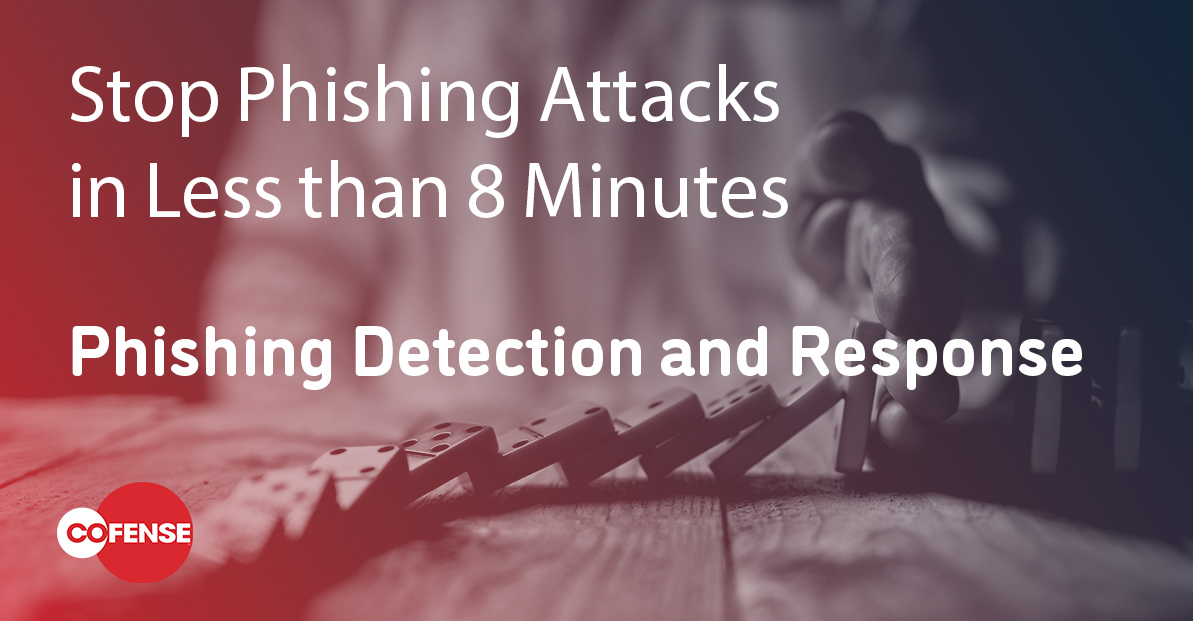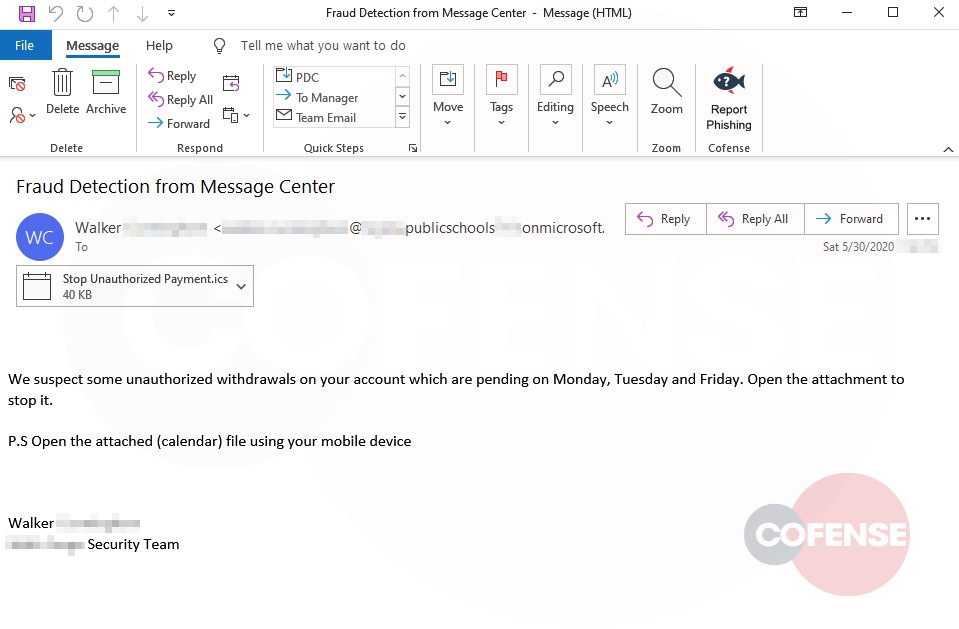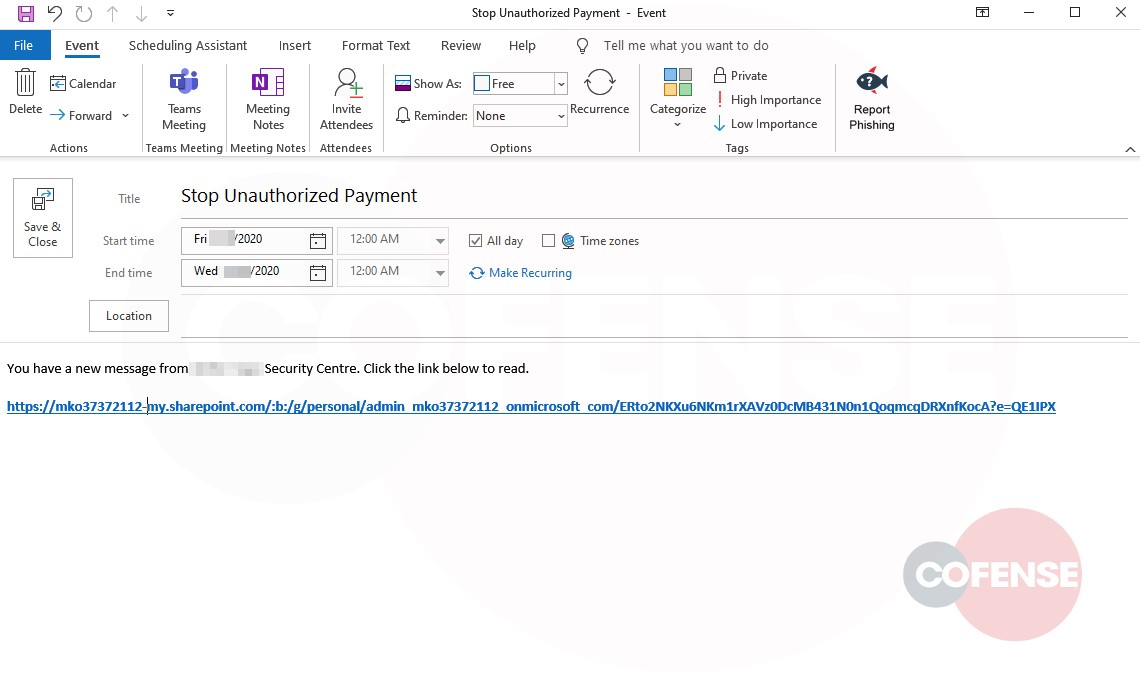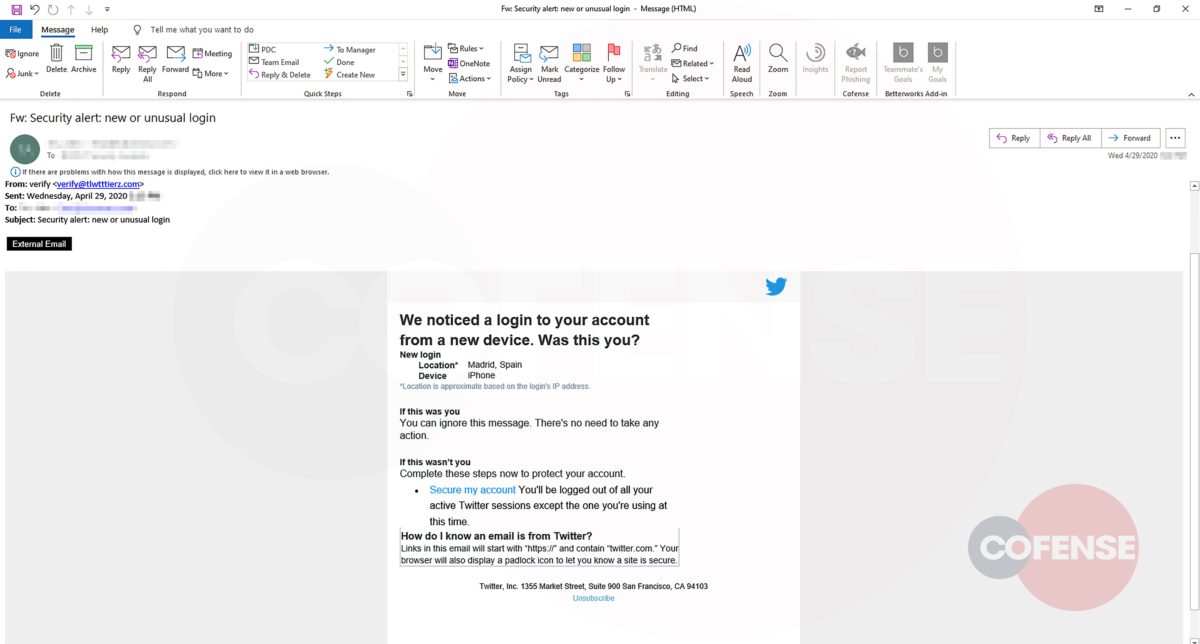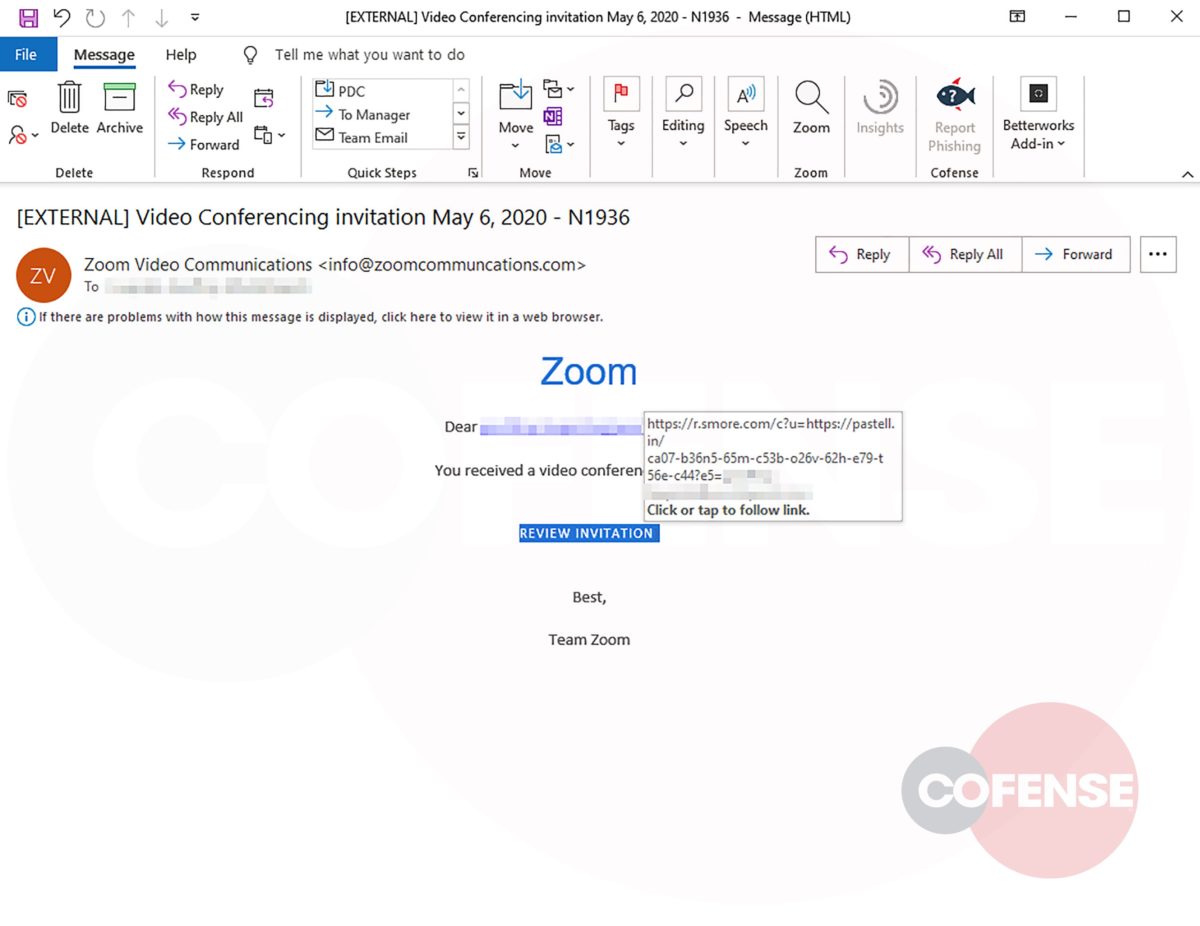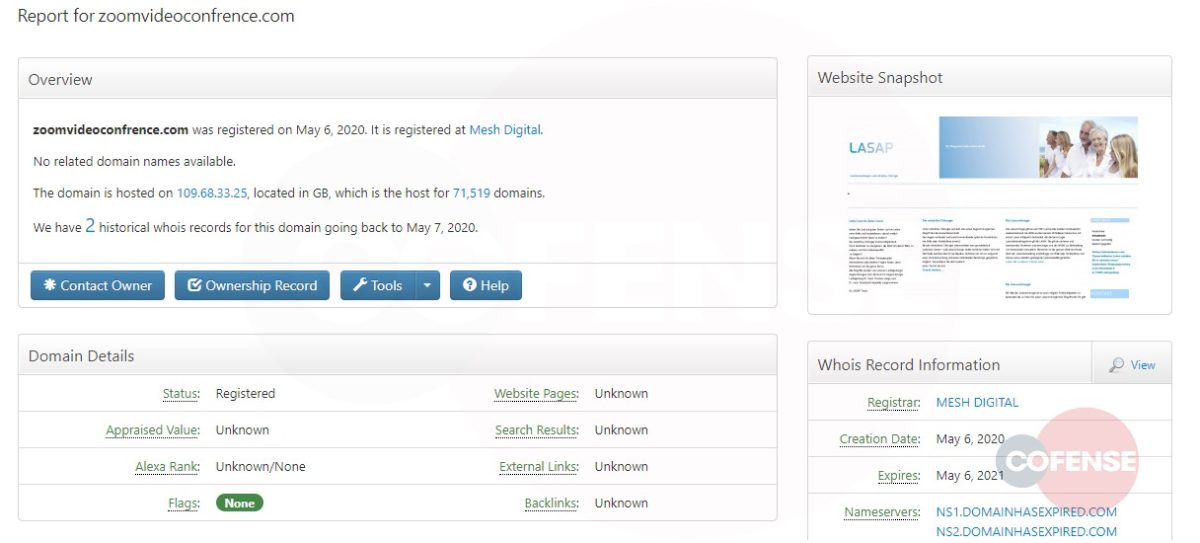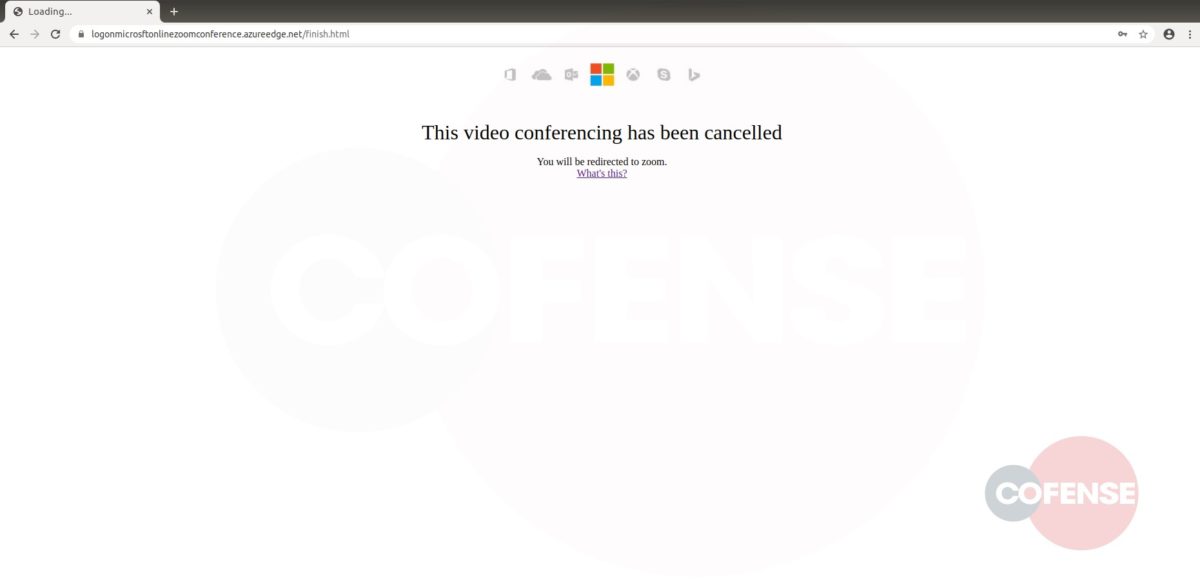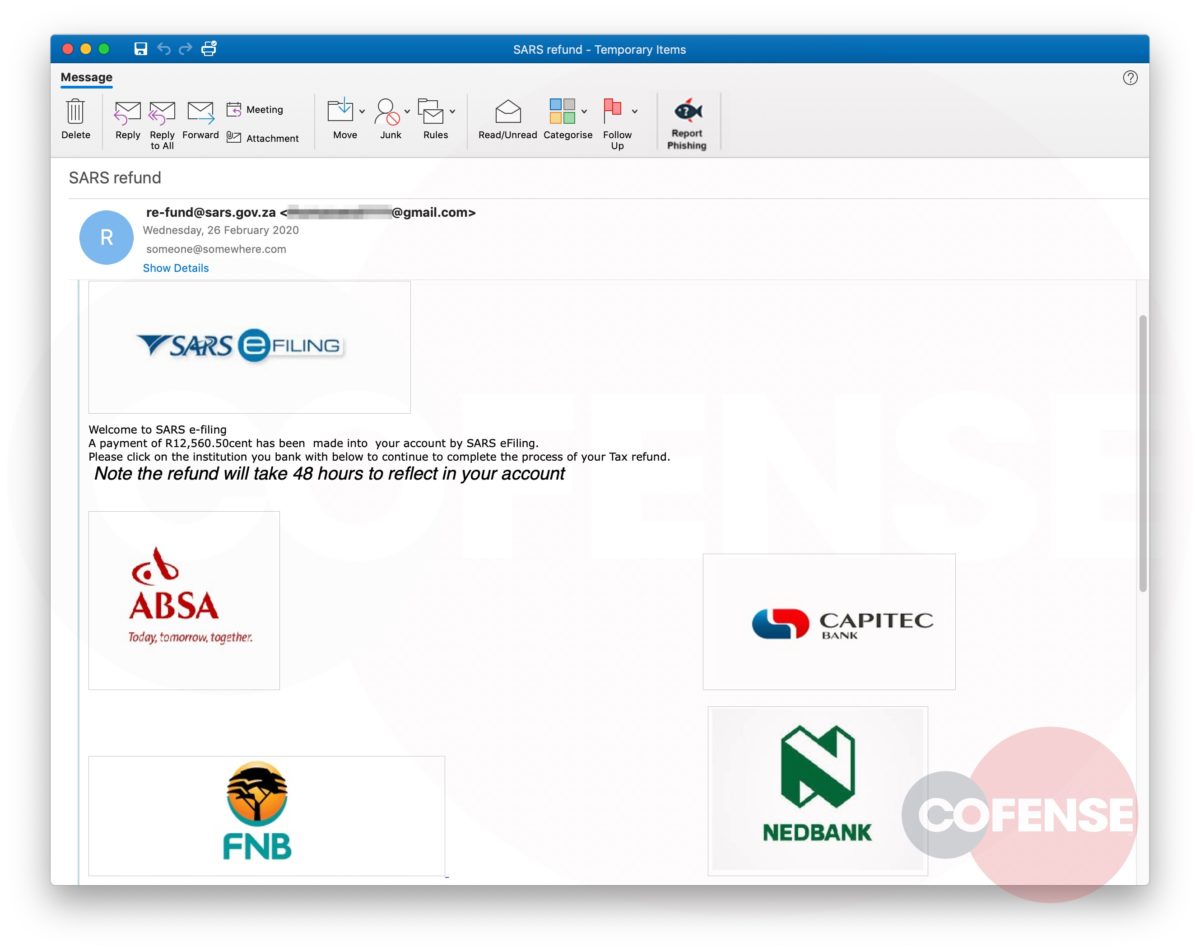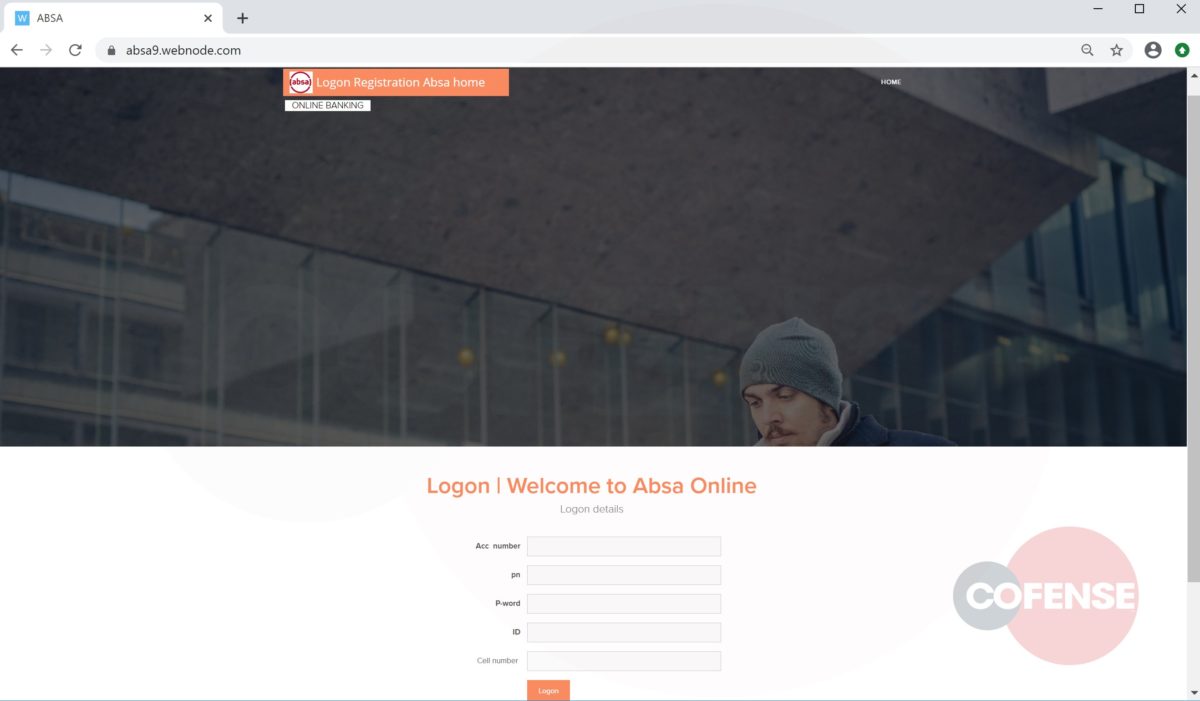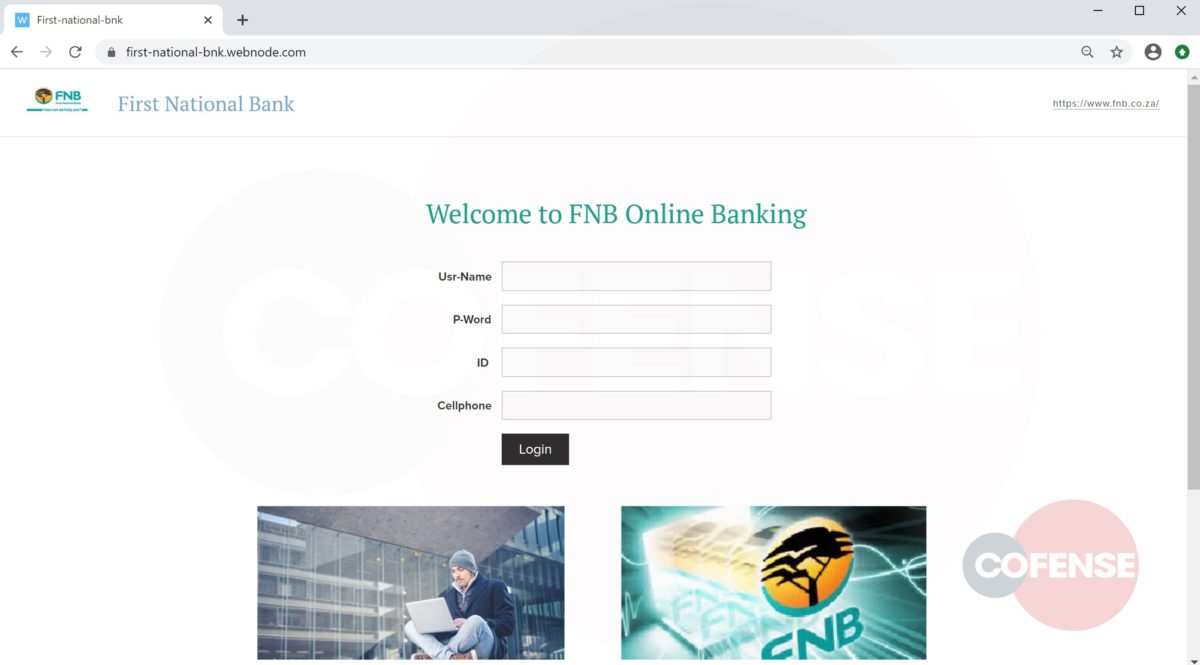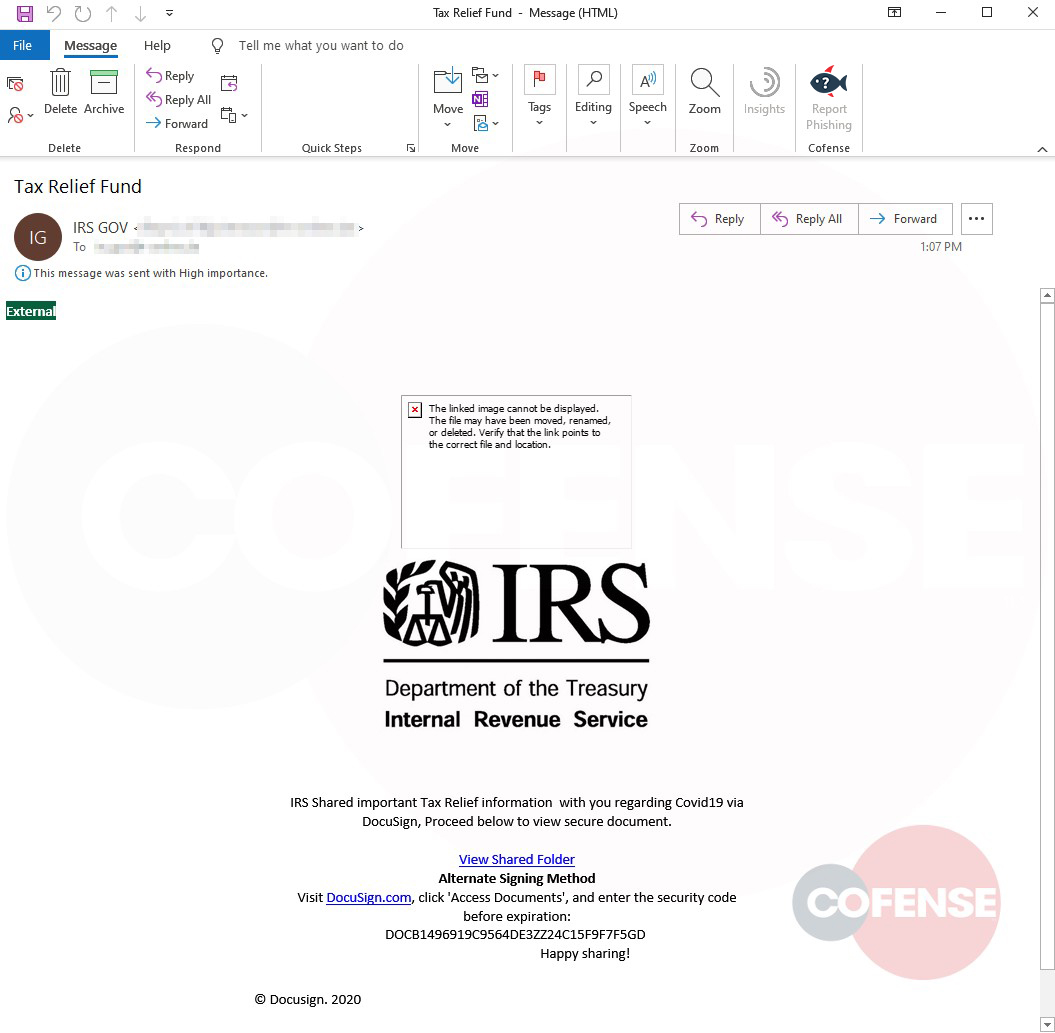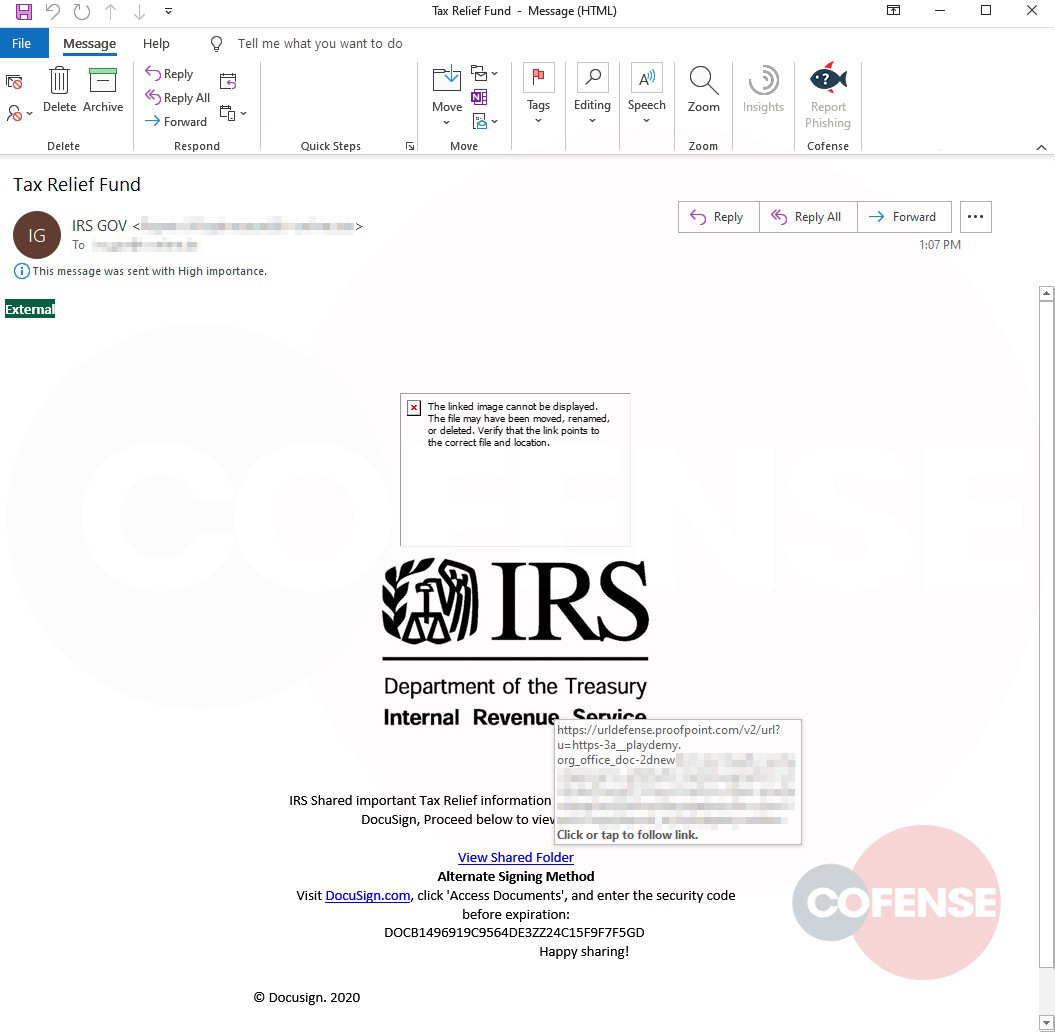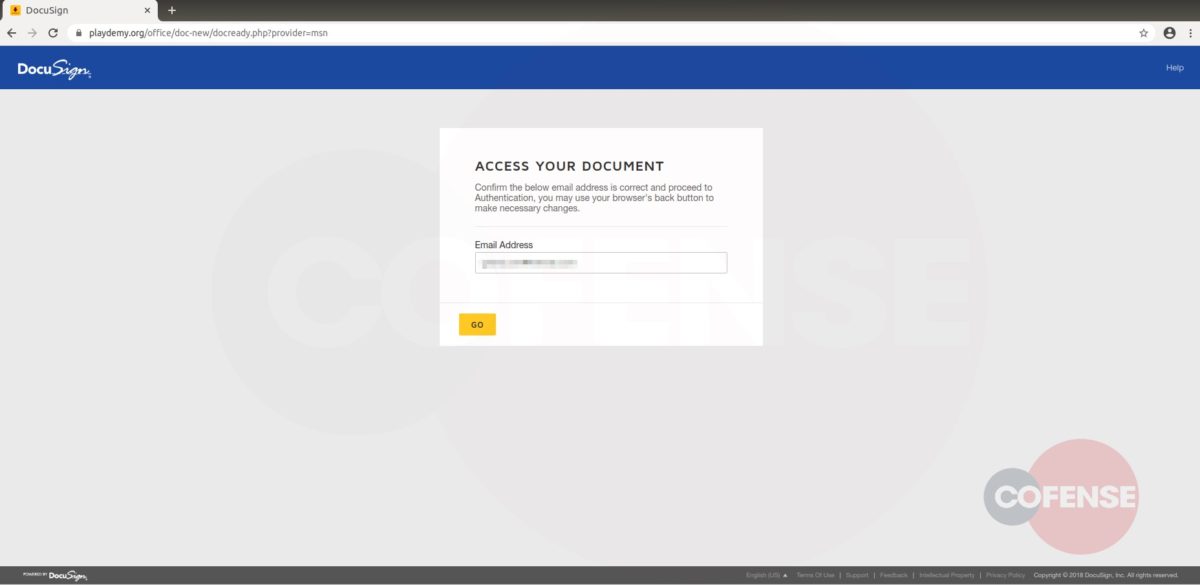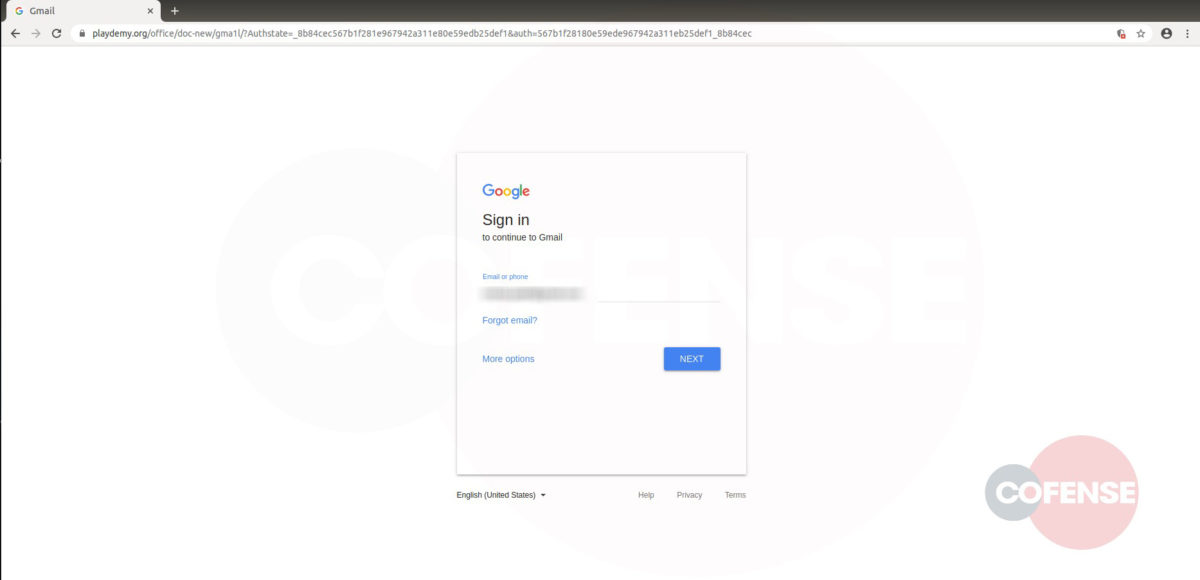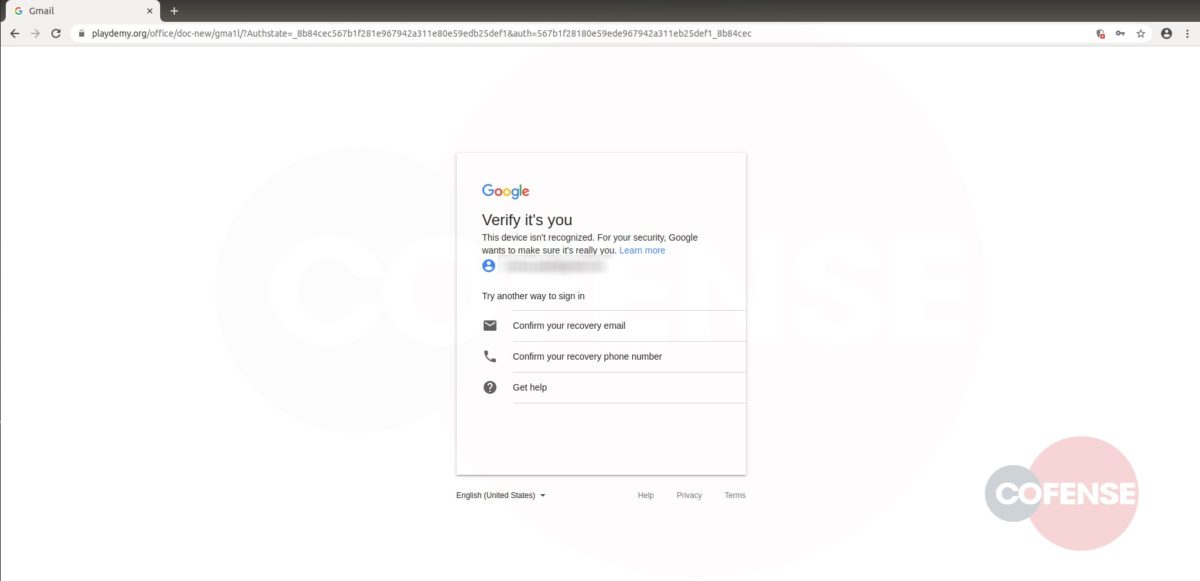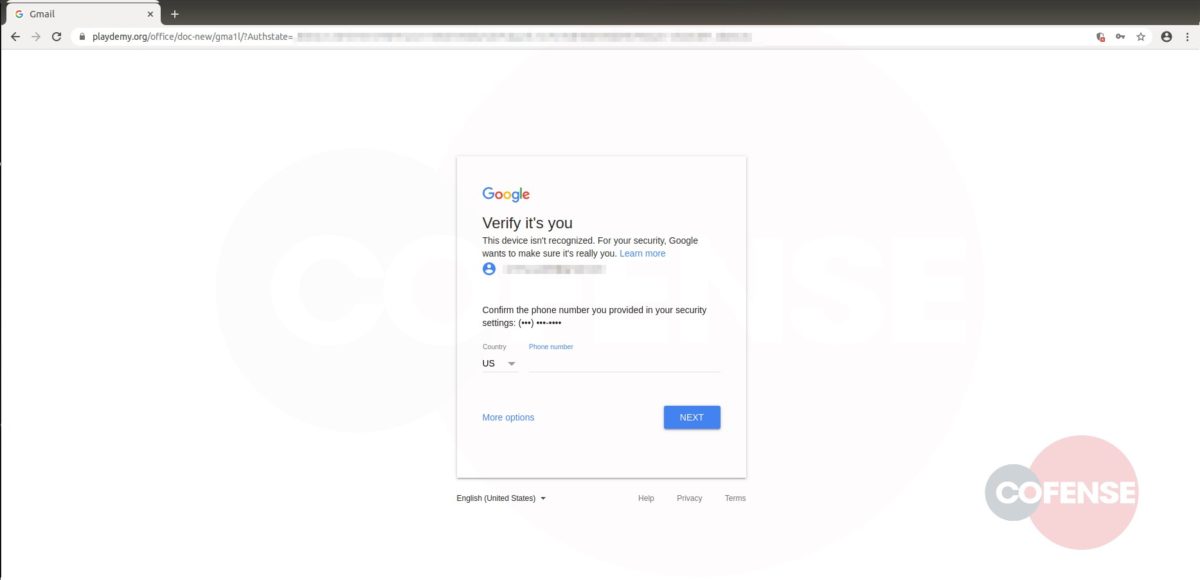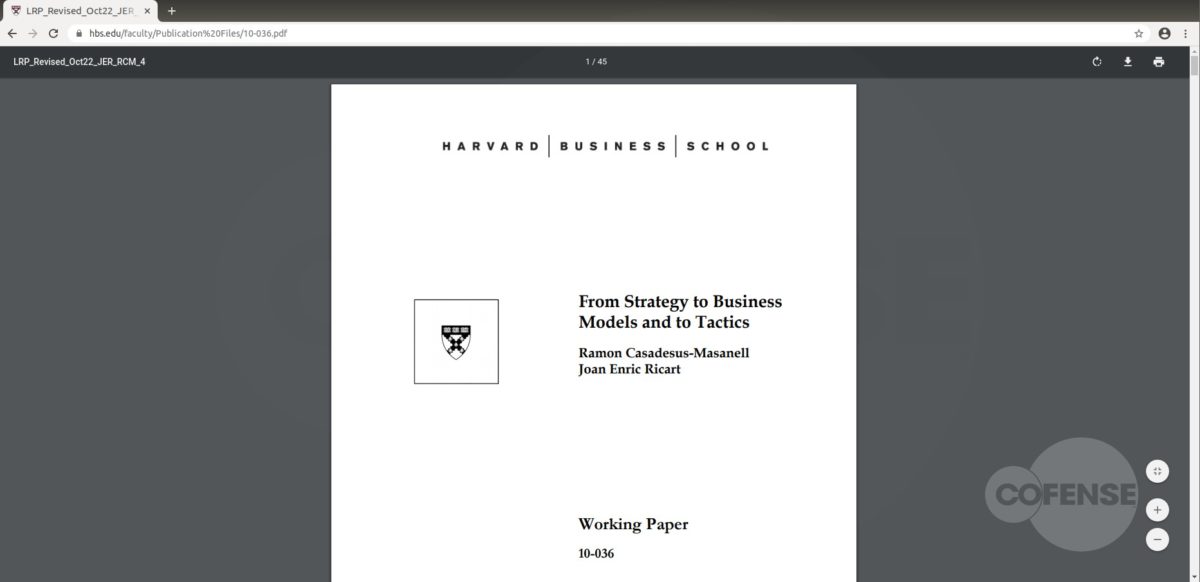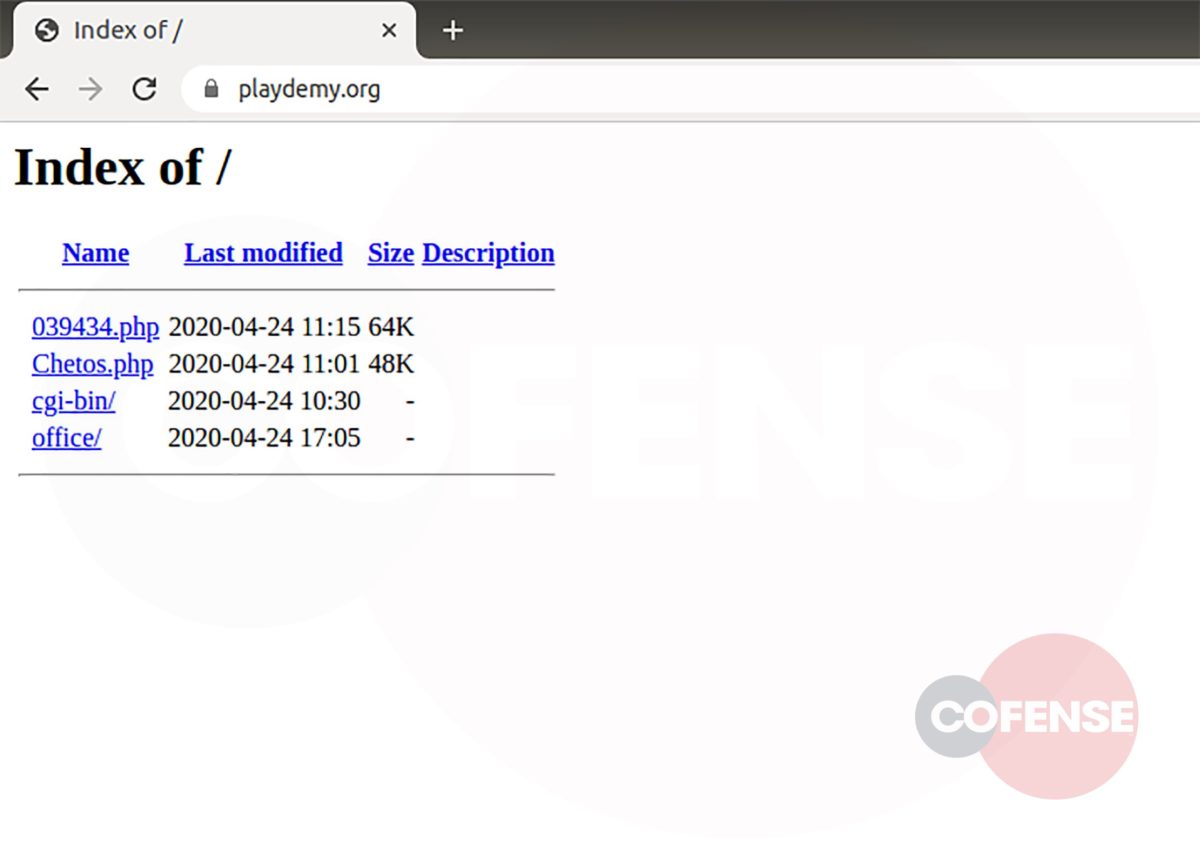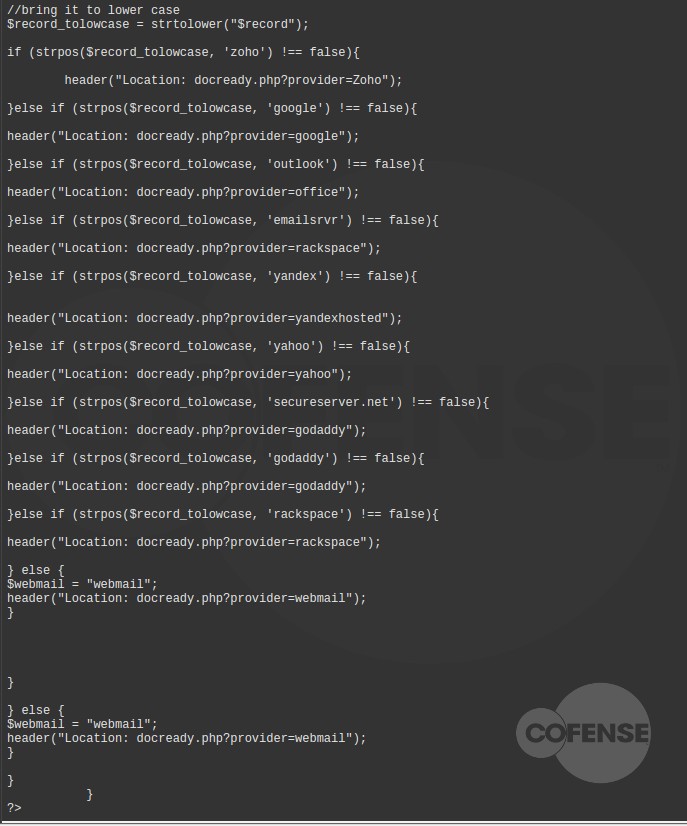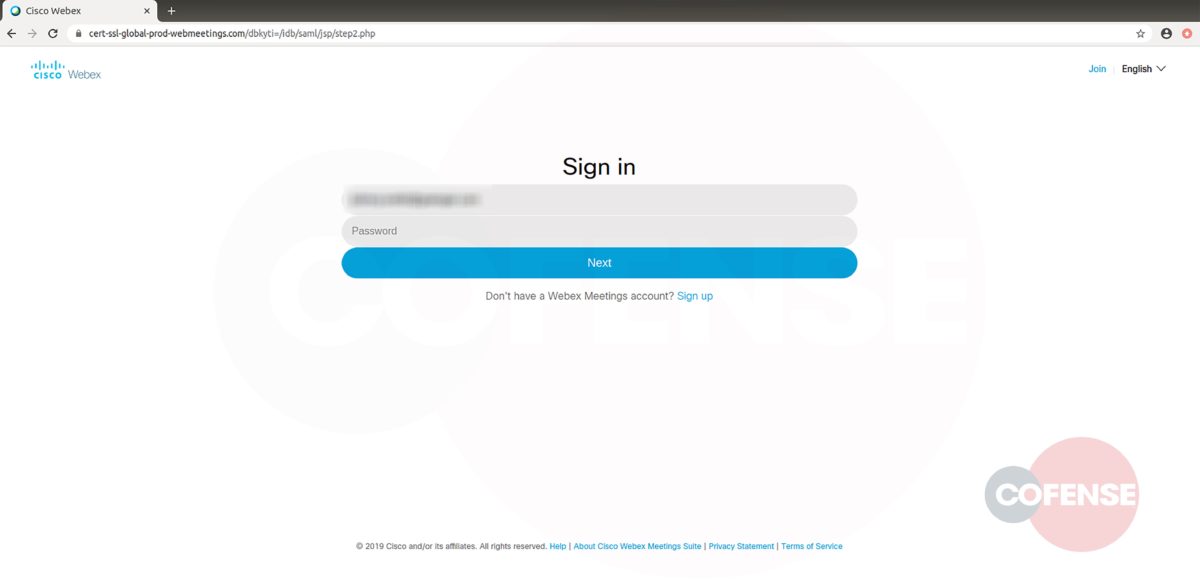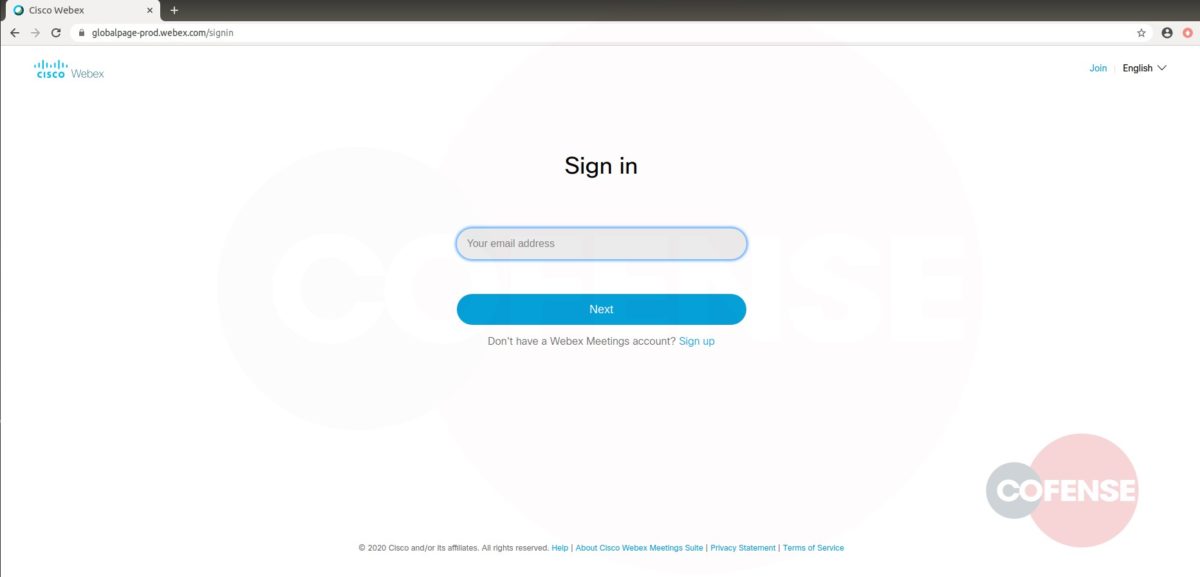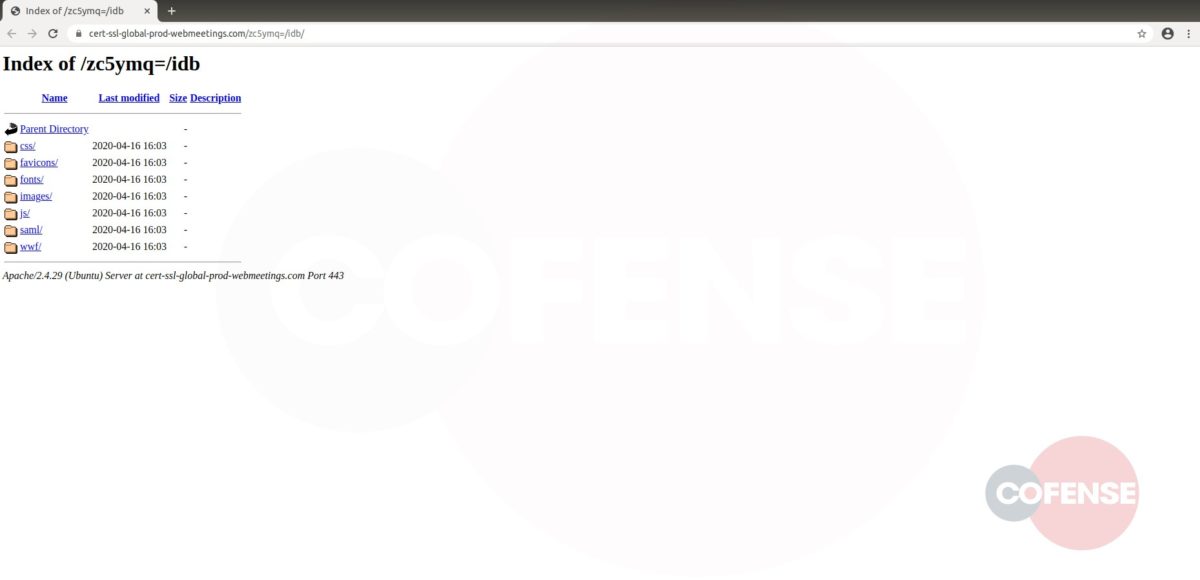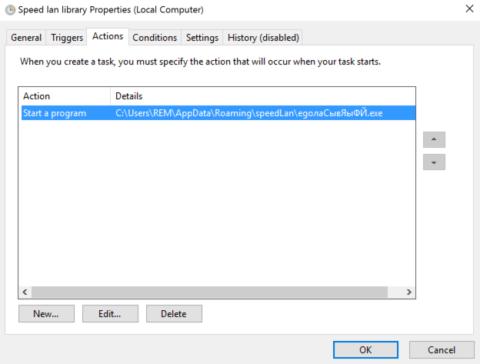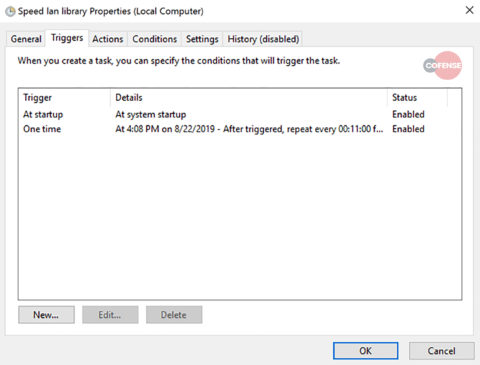By Ashley Tran, Cofense Phishing Defense Center
Every day threat actors find more and more ingenious ways to deliver phishing emails to end users. From direct attachments to using third party document hosting sites and… calendar invitations? The Cofense Phishing Defense Center (PDC) has unearthed a new phishing campaign in multiple enterprise email environments protected by Proofpoint and Microsoft that delivers .ics calendar invite attachments containing phishing links in the body. It’s assumed that the attackers believe stuffing the URL inside a calendar invite would help avoid automated analysis.
Figure 1: Email Body
The subject of this phish is “Fraud Detection from Message Center,” reeling in curious users. The sender display name is Walker, but the email address appears to be legitimate, possibly indicating a compromised account belonging to a school district. Cofense observed the use of several compromised accounts used to send this campaign. Using a compromised real account originating from Office 365 allows the email to bypass email filters that rely on DKIM/SPF.
The story in this phish is a version of a classic lure “suspicious activity on the user’s bank account.” This attachment, however, doesn’t jibe with the ruse considering it’s a calendar invite. A more fitting lure would have been something like “I attached a meeting invite; can you please attend?” Maybe this attacker flunked out of Internet bad guy school.
Figure 2 shows what the calendar invite looks like when opened. Note that it’s hosted on the legitimate Sharepoint.com site, an issue that continues to be problematic for Microsoft.
Figure 2: Calendar invite (.ics) Attachment
Upon clicking the link in the fake invitation, a relatively simple document opens with yet another link to follow, as seen in Figure 3 below:
Figure 3: Phishing Page
If the victim follows that link, they are redirected from sharepoint.com to a phishing site hosted by Google. Clicking anywhere on the document then redirects users to a bogus phishing page seen in Figure 4.
Figure 4: Phishing Page
As shown in Figure 4, the final phishing page users are directed to is hosted on:
hXXps://storage[.]googleapis[.]com/awells-putlogs-308643420/index[.]html
This is not the first time threat actors have utilized “storage[.]googleapis[.]com” to host their phish. In fact, it is becoming increasingly common thanks to its ease of use as well as the built-in SSL certificate the domain comes with which adds the “trusty” padlock to the side of its URL.
Once redirected here from the previous SharePoint page, users are presented with a convincing Wells Fargo banking page, as seen in Figure 4. This page asks for a variety of Wells Fargo account information including login details, PIN and various account numbers along with email credentials. At surface value, it may seem excessive to request this level of information, but under the pretense of “securing” one’s account, it may not appear to be so much.
Should users provide all the requested information, they will finally be redirected to the legitimate Wells Fargo login page to make the user believe they have successfully secured their account and nothing malicious has taken place.
And to think, all of this from a simple calendar invite. It goes to show, users and their security teams must constantly maintain phishing awareness training and remain vigilant as threat actors continue to find new ways to slip past gateways right into inboxes.
| Network IOCs | IPs |
| hXXps://mko37372112-my[.]sharepoint[.]com/:b:/g/personal/admin_mko37372112_onmicrosoft_com/ERto2NKXu6NKm1rXAVz0DcMB431N0n1QoqmcqDRXnfKocA | 172[.]217[.]13[.]240 |
| hXXps://storage[.]googleapis[.]com/awells-putlogs-308643420/index[.]html | 13[.]107[.]136[.]9 |







